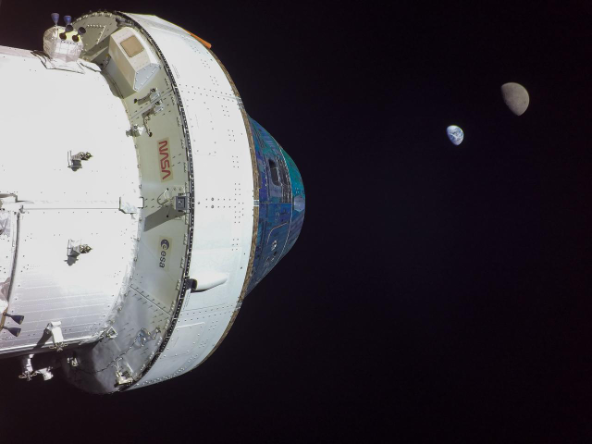Quick Takeaways
-
Volunteer Opportunity: NASA seeks volunteers to monitor the Artemis II Orion spacecraft during its mission to the Moon, enhancing industry collaboration for spacecraft tracking capabilities.
-
Mission Overview: The Artemis II crewed mission, set for April 2026, will send NASA astronauts on a 10-day journey around the Moon using the SLS rocket and Orion spacecraft.
-
Collaboration Success: Building on the Artemis I mission, where volunteers successfully tracked the uncrewed Orion, this initiative aims to leverage diverse tracking capabilities from the aerospace community.
-
Future Focus: The Artemis II mission will validate systems for deep space exploration and support NASA’s objectives for future Moon and Mars missions, emphasizing a shift towards commercial partnerships in space communications.
NASA Seeks Volunteers to Track Artemis II Mission
NASA invites volunteers to assist in tracking the Artemis II mission. This crewed flight will send astronauts around the Moon, with a launch planned for April 2026. The mission will last about ten days.
Four astronauts will embark on this journey: Reid Wiseman, Victor Glover, Christina Koch, and Canadian astronaut Jeremy Hansen. They will travel aboard the Orion spacecraft, launched by NASA’s Space Launch System (SLS) rocket.
NASA’s Near Space Network and Deep Space Network will handle primary communications and tracking. However, the agency seeks to enhance its understanding of commercial tracking capabilities. Therefore, NASA encourages collaboration with the aerospace community.
This initiative builds on success from the Artemis I mission last year. During that mission, ten volunteers tracked Orion’s uncrewed flight to the Moon and back. These participants included international space agencies, academic institutions, and private citizens. They utilized ground antennas to capture signals from Orion, measuring changes in the transmitted radio waves.
Kevin Coggins, NASA’s deputy associate administrator for Space Communication and Navigation (SCaN), emphasized the importance of this collaboration. He stated, “By offering this opportunity to the broader aerospace community, we can identify available tracking capabilities outside the government.” This approach aims to strengthen the infrastructure for future Artemis missions and support NASA’s long-term goals of exploration from the Moon to Mars.
Responses for volunteer tracking are due by 5 p.m. EDT on Monday, Oct. 27. Participation could provide valuable data and insights as NASA transitions to a more commercial approach in space exploration.
NASA’s SCaN program manages the agency’s communications and navigation systems. Over 100 missions rely on SCaN’s expertise, supporting operations aboard the International Space Station, monitoring Earth’s weather, and facilitating lunar and solar system exploration.
Through Artemis II, NASA will confirm the systems necessary for human deep space exploration. This mission marks a significant step toward future U.S.-crewed landings on the Moon and aims to prepare astronauts for potential travels to Mars.
Continue Your Tech Journey
Stay informed on the revolutionary breakthroughs in Quantum Computing research.
Stay inspired by the vast knowledge available on Wikipedia.
SciV1

